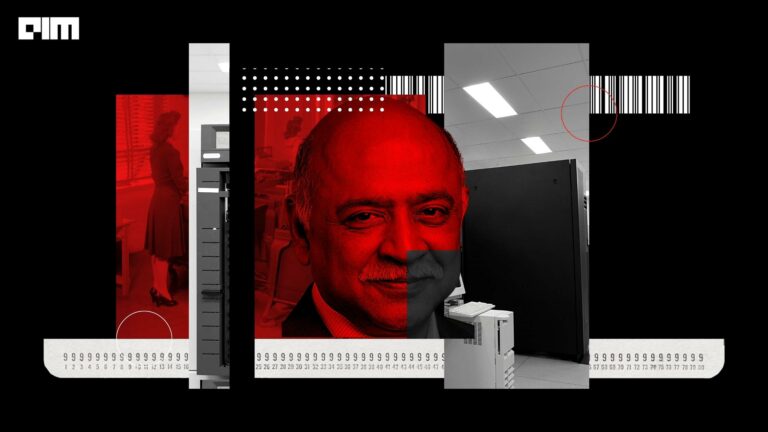In the current scenario, technology is evolving at a fast pace and is pushing the software companies to move and work in a fast-paced motion. The software development methodologies are meant to be made sure that an application is tested fully that includes testing, integrating, etc. as a whole of a particular system. In this article, we discuss the 10 best software development methodologies that help in constructing a flawless software application.
1| Agile Software Development
Agile software development is a conceptual framework for embarking software engineering projects. The main goal is to minimise the risk by developing software in short iterations. It is basically an umbrella that describes various agile methodologies and is specially designed to fulfil the needs of the fast-changing environment by incremental development and develop the actual final product.
The basic principles behind agile software development are given below:
- To satisfy the customers through early and continuous delivery of valuable software.
- Delivering software in a frequent manner with a preference of shortest timescale.
- Building projects and providing support as well as the environment to the motivated individuals.
- It welcomes the changing environments with quick adaptation.
- Enhances face-to-face means of communication.
Advantages
- The transparency is high due to the direct communication.
- Adaptation to any change in the environment is quick.
Disadvantages
- Difficult to assess the effort of large software projects at the initial stages of the software development life-cycle.
- It produces less documentation because of the more code-focused development.
2| Black box testing
This software testing method is also known as Behavioural Testing where the internal implementation of an item that is being tested is unknown to the tester. The method usually finds the error for incorrect or missing functions, errors in data structures, performance errors, initialisation or termination errors, etc.
The main goal of this software development methodology is on the functionality of the system as a whole. The testing can be of two types, functional and non-functional.
Advantages
- Effective on large and complex applications.
- Defects can be identified at an early stage of testing.
Disadvantages
- Impossible to identify all the inputs.
- Test cases are merely difficult to design without clear specifications.
3| Prototyping Model
This model can be called one of the most popular SDLC (Software Development Life Cycle) models where a prototype is built, tested as well as reworked if necessary. This model works best when there are known project requirements in detail ahead of time.
There are basically two approaches for this model, rapid throw-away prototyping and evolutionary prototyping. The rapid throw-away prototyping provides a method of exploring ideas and receiving customer feedbacks. The later approach develops initially and is incrementally refined on the basis of customer feedback until it gets accepted.
Advantages
- Refinement leads to the accommodation of new requirements.
- Flexible design.
Disadvantages
- Costly as well as time-consuming.
- Uncertainty in determining the number of iterations that would be required before the prototype is finally accepted by the customer.
4| Rapid Application Development Model
This software development methodology uses minimal planning in favor of rapid prototyping. It is a type of incremental model and here the components are developed in parallel. There are various phases in this model and they are business modelling, data modelling, process modelling, application generation as well as testing and turnover.
Advantages
- The occurrence of initial reviews is quick.
- Customer feedbacks are encouraged.
Disadvantages
- Highly dependent on modelling skills.
- Inapplicable to cheaper projects.
5| Spiral Model
This model is a combination of iterative development with a systematic, controlled aspect of the waterfall model that allows the refinement through each iteration around the spiral. The diagrammatic representation of this model is a spiral with a number of loops where the loops can vary on the projects. Each loop is known as the phase of the software development method. This is an extended model of Waterfall with rapid prototyping. This model focuses on early identification and reduction of project risks.
Advantages
- Efficient for large and complex projects.
- An excellent development model due to risk analysis and risk handling at every phase.
Disadvantages
- Quite expensive and unsuitable for cheaper projects.
- Estimation of time is difficult.
6| White Box Testing
This is also known as glass box testing or clear box testing and is opposite to the black box testing technique. It requires the tester to have adequate knowledge of programming and the tester chooses inputs to work on the paths through coding and determines the outputs.It involves the testing of software codes for internal security holes, poorly structured paths, expected outputs, functionality of conditional loops, etc.
Advantages
- This method is easily automated.
- Helps in optimizing the code.
Disadvantages
- The cost is high and is a complex method.
- Time-consuming for large applications.
7| Extreme Programming Methodology
This model, also known as XP methodology can be called as one of the most important software development framework of Agile Models which is mainly used o improve the quality of the software. The involvement of the customer during the process of software development is quite high.
Advantages
- Enables greater tractability within the modelling procedure.
- Focus mainly on customer involvement and provides quality software.
Disadvantages
- Possibilities and future outcomes are unknown.
- Effectiveness is directly proportional to the involvement of people.
8| Joint Application Development Methodology
This methodology involves the end user in the design and development of an application through JAD sessions (succession of collaborative sessions). It is a requirements-classification and user-interface expansion approach to accentuate and confirm the software system. The emphasis is basically laid on the business difficulty rather than methodical details.
Advantages
- A large amount of valuable information within a shorter period of time.
- Resolve the differences immediately with suitable assistance.
Disadvantages
- Time-consuming in planning and scheduling.
- A necessity for highly trained experts which is hard to find.
9| Scrum Development Methodology
It is an incremental and iterative agile software development framework for managing the development of products. The development strategy is flexible because in this framework a development team works as a unit to achieve a particular goal. This method follows an evidence-based empirical approach where it focuses on maximizing the team’s ability for quick delivery.
Advantages
- The working team is responsible for decision-making.
- It is a lightly controlled method with constant updating.
Disadvantages
- This method is not suitable for complex and large projects.
- Requires a highly expert team.
10| Dynamic System Development Model Methodology
This is an agile software development methodology that is iterative and incremental and is largely based on the Rapid Application Development (RAD ) methodology. The method provides a four-phase framework which consists of implementation, design and build iteration, prototype iteration, feasibility, and business study.
Advantages
- Easy access to the end users.
- Quick functionality deliverables.
Disadvantages
- Implementation is cost effective.
- Tough for the smaller organisation.


















































































